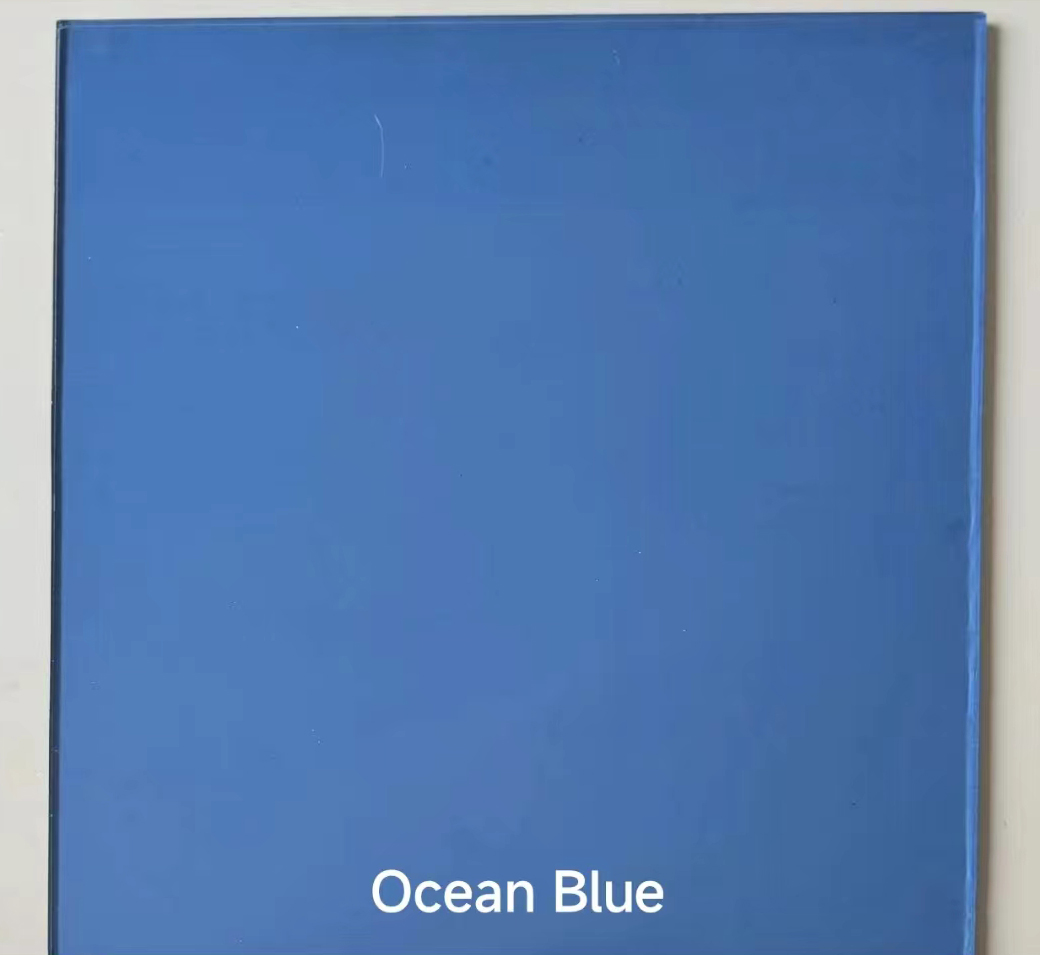

The Allure of Grey Tinted Glass A Modern Architectural Element
In recent years, the architectural world has witnessed a significant shift toward the use of innovative materials that not only enhance aesthetics but also improve energy efficiency. One such material that has gained considerable popularity is grey tinted glass. This versatile medium offers a blend of style, functionality, and sustainability, making it an increasingly sought-after choice for modern buildings.
Grey tinted glass, as its name suggests, is a type of glass that is infused with a grey hue. This tint can be achieved through various processes, including the addition of colored materials during manufacturing or by applying a film to the glass surface. The result is a sleek, sophisticated appearance that can complement a wide range of architectural styles, from contemporary to classic. The neutrality of grey allows it to seamlessly integrate with other materials, such as metal, wood, and stone, enhancing the overall aesthetic while maintaining a sense of elegance.
One of the primary benefits of grey tinted glass is its ability to reduce glare and control the amount of sunlight entering a building. This characteristic is particularly advantageous in regions with high solar exposure, as it helps to create a more comfortable indoor environment. By minimizing harsh sunlight, grey tinted glass can reduce the need for artificial lighting during the day, leading to lower energy consumption. This aligns with the growing trend towards sustainable building practices, where energy efficiency is prioritized to reduce the carbon footprint of constructions.
In addition to its practical benefits, grey tinted glass also provides a level of privacy for occupants. While allowing natural light to filter through, the tint obscures the view from the outside, creating a more secure and tranquil environment. This is particularly desirable in urban settings where buildings are in close proximity to one another. With grey tinted glass, residents and employees can enjoy their spaces without the constant feeling of being on display.

The use of grey tinted glass extends beyond residential homes; it is widely employed in commercial architecture as well. Office buildings, retail spaces, and hospitality venues often feature large expanses of glass to create an open and inviting atmosphere. Grey tinted glass can help to achieve this while also offering a sleek, professional look that appeals to clients and customers. Moreover, its durability and resistance to fading make it an excellent choice for storefronts and façades, ensuring that the building maintains its visual appeal for years to come.
Architects and designers also appreciate the versatility of grey tinted glass in various design applications. Whether used in windows, sliding doors, or curtain walls, grey tinted glass can dramatically alter the overall look of a building. Its reflective properties can create stunning visual effects, particularly during sunrise and sunset, when the glass mirrors the sky's hues. This interplay of light and shadow not only enhances the building's aesthetic value but also allows it to harmonize with the surrounding environment.
Furthermore, grey tinted glass contributes to the overall thermal performance of a building. It has the ability to reduce heat gain during the warmer months and conserve heat during colder months, leading to substantial savings on heating and cooling costs. This thermal efficiency not only supports sustainable living but also contributes to the comfort of occupants year-round.
As we move further into an era characterized by environmental consciousness and innovative architectural designs, grey tinted glass stands out as a preferred material for a multitude of applications. Its combination of beauty, utility, and sustainability positions it as an important element in the future of architecture.
In conclusion, grey tinted glass offers a multitude of benefits that extend beyond aesthetics. It enhances energy efficiency, provides privacy, and enriches the architectural landscape of both residential and commercial buildings. As architects and designers seek to create spaces that not only look good but also benefit the environment, grey tinted glass is a standout option that meets these multifaceted needs. Its rising popularity is a testament to the evolving nature of modern architecture, emphasizing the importance of innovative materials in shaping our built environment.